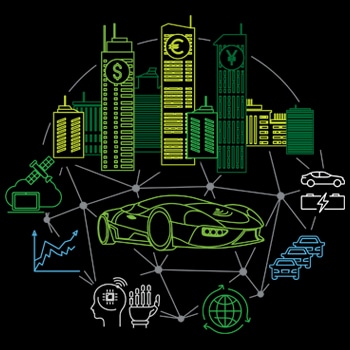Future of captives has been saved

Analysis
Future of captives
What will be the core businesses for automotive captives in 2030?
The business model of the captive industry is on the verge of fundamental change. How can captives react to all these challenges and what will be a captive's successful business model in 2030?
Transformation paths towards the future of captives
Our analysis shows that the environment in which automotive captives compete will undergo fundamental changes until 2030. Respectively, the core businesses of captives, meaning asset-based financing business, will have to be complemented by service-based business on a global basis. This comes with a fundamental shift of mindset from focusing on
1. Ownership of the vehicle assets
We expect global annual vehicle sales to grow by more than 30 percent until 2030. Most of this growth will come from emerging markets where current credit and leasing penetration rates have substantial growth potential. In parallel, the vehicles themselves will change drastically due to the emergence of autonomous driving and e-mobility. But will the captives be able to grasp this enormous growth potential? Their further growth in the asset-based business could be either hindered by financial regulation,
2. Structure of the mobility provider landscape
The mobility services landscape today is rapidly evolving and the key question is if a small number of players will be able to gain a global dominance. In any case, the complexity and diversity of these services
To be able to face this uncertainty with confidence and strategic foresight we have built our financial model being very customizable. We are able to simulate individual futures per captive based on the status quo, requirements, and strategic ambitions, as well as current financial figures. Using our artificial intelligence tools we can provide constant analysis of the market environment on a qualitative and quantitative basis. This enables decision-makers of captives to guide and steer their organizations towards a promising future in 2030 and beyond.
Watch the video: The Future of Captives in 2030
Recommendations
Fleet management in Europe
Growing importance in a world of changing mobility
Fleet leasing and management in North America
Key enabler for the future of mobility

